Published July 22, 2020
It’s a bird! It’s a plane! No wait, it’s definitely a bird. And if you mistook it for a plane, it was probably a Great Blue Heron—they’re huge!
When you’re walking along the shore of a lake or kayaking down a river, don’t forget to appreciate the many birds who make their homes by the water. Point Pelee in Lake Erie is a prime spot for birdwatching, especially in the spring. You can also check out Whitefish Point in Lake Superior and Tommy Thompson Park in Lake Ontario.
Here are five common Great Lakes waterfowl that you might spot in your nearby waterbody.
1
Great Blue Heron
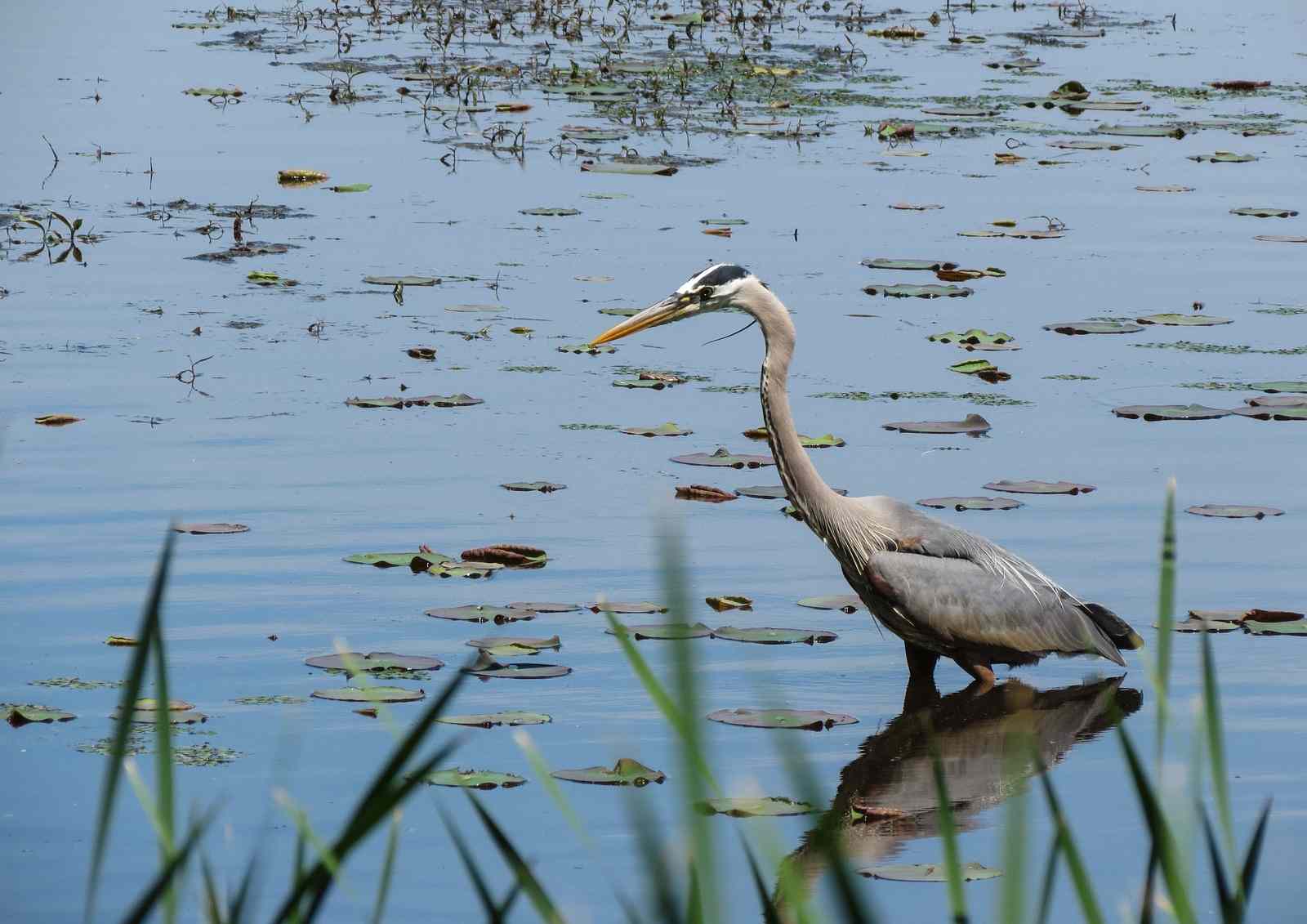
This graceful bird is the largest in the Heron family. Great Blue Herons can be found strutting along the shores of open water or in wetlands (or standing very still for a very long time) looking for small fish to eat.
Great Blue Herons can adapt to nearly any wetland habitat, from fresh or saltwater marshes to flooded meadows to heavily developed areas.
2
Common Loon
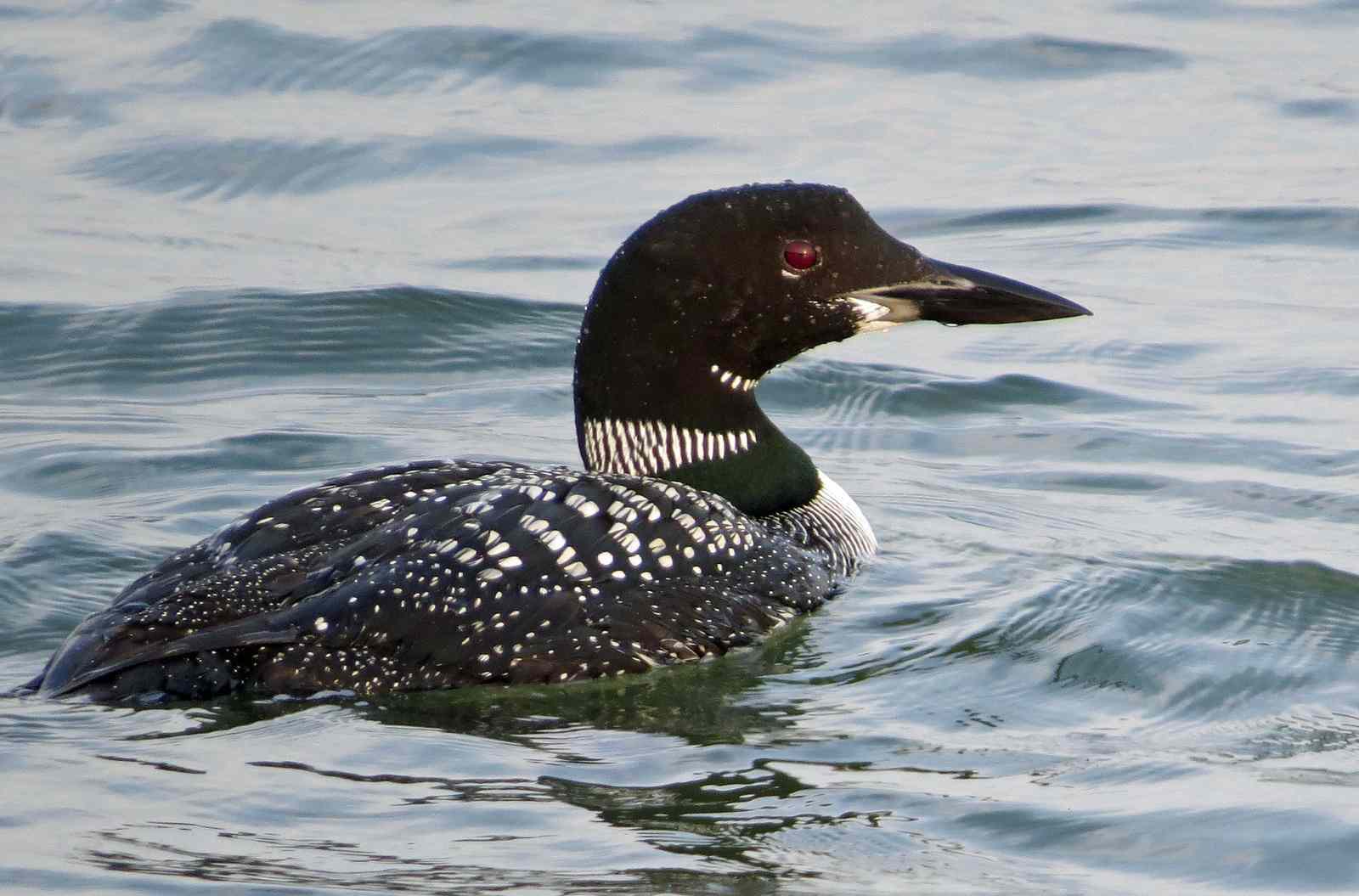
You may hear a Common Loon’s distinctively haunting call before you see it. Once you hear a Common Loon, scan the water. These birds are impressive swimmers, able to dive down as deep as 76 meters, but they struggle to walk on land.
Loons usually only come ashore to nest, so you’ll most often see them skimming atop or diving beneath the surface of a lake. They can hold their breath for up to a minute and a half underwater.
3
Duck
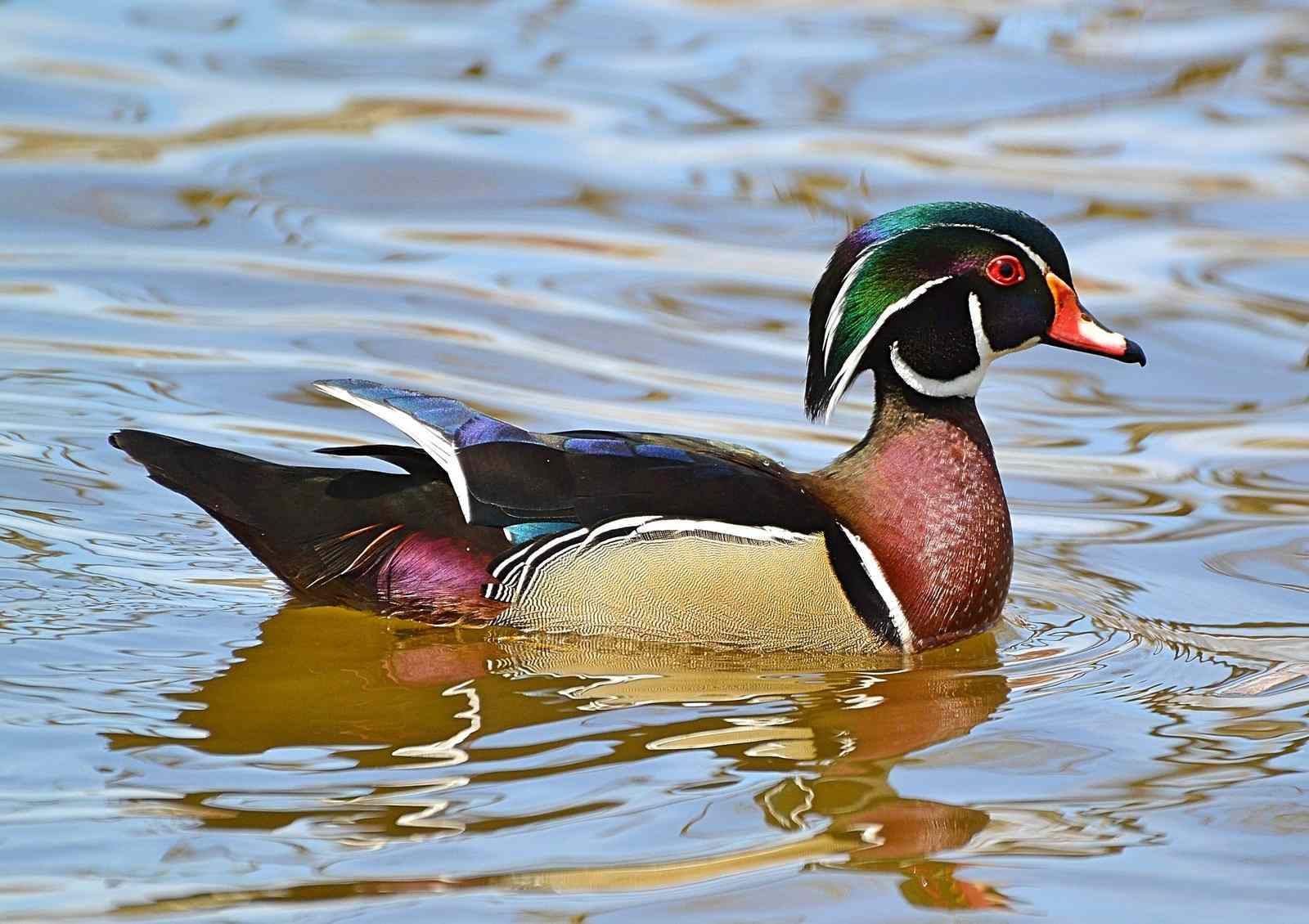
Ahhh, the humble duck. This common bird is sometimes overlooked, but ducks come in many different, exciting varieties! Mallards are fairly prevalent and can be found in almost any park or city.
Keep an eye out for some of the less familiar varieties of duck you might come across in Ontario, such as different types of Mergansers, Buffleheads Ducks, Harlequin Ducks, Ring-necked Ducks, or the colourful Wood Duck (pictured above) who dwells in wooded swamps, shallow lakes, marshes, ponds, and creeks.
4
Osprey
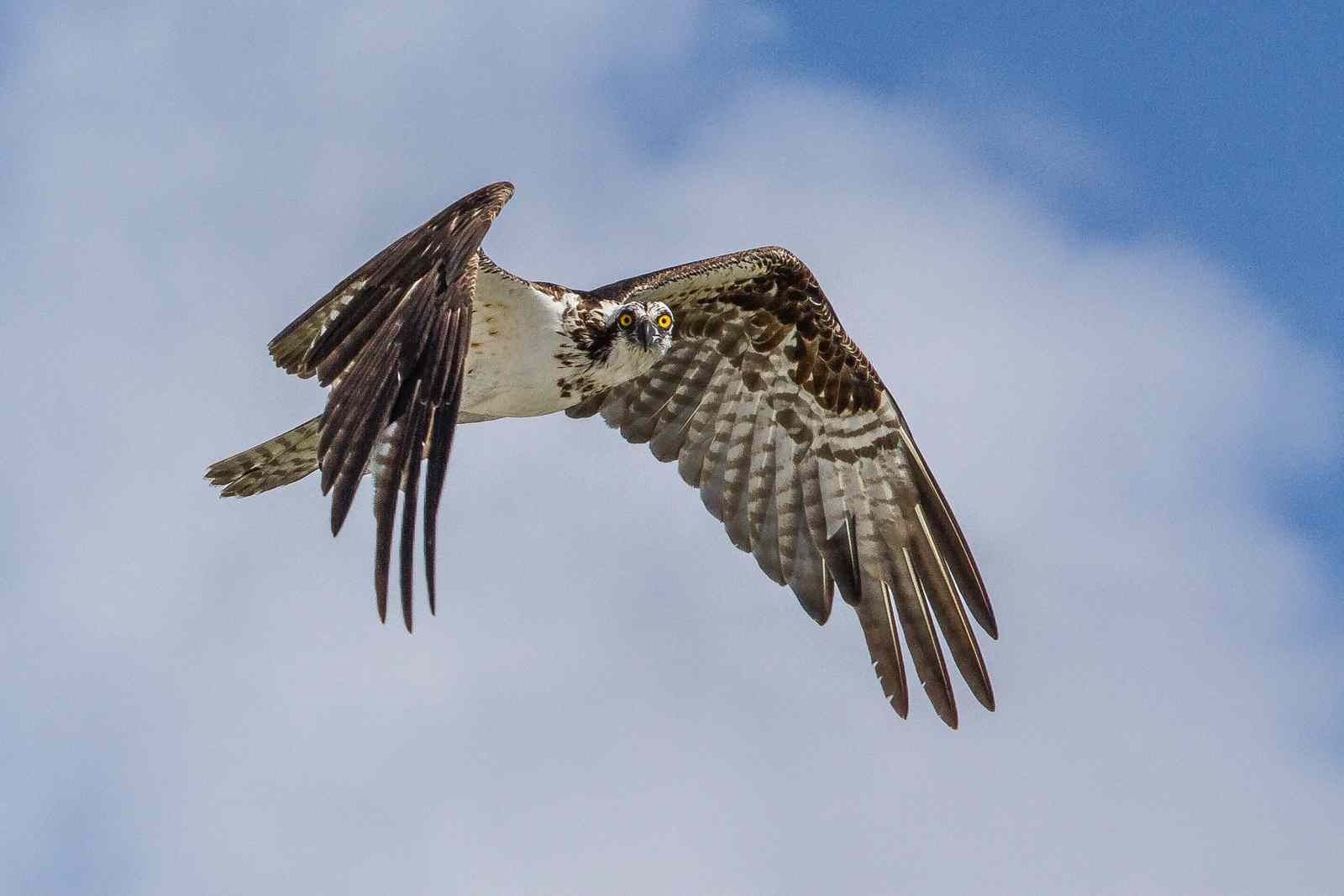
While not technically a water bird, Osprey can often be spotted hunting by lakes and rivers since their diets consist mainly of fish. Their bodies are well equipped for fishing. They have barbs on their talons for grasping slippery fish, dense, oily feathers to keep from getting waterlogged, and can even close their nostrils underwater!
Osprey can feel at home in a wide range of habitats, as long as they have access to water. In fact, they can survive on all continents except Antarctica, a breadth which is unusual for land birds.
5
Belted Kingfisher
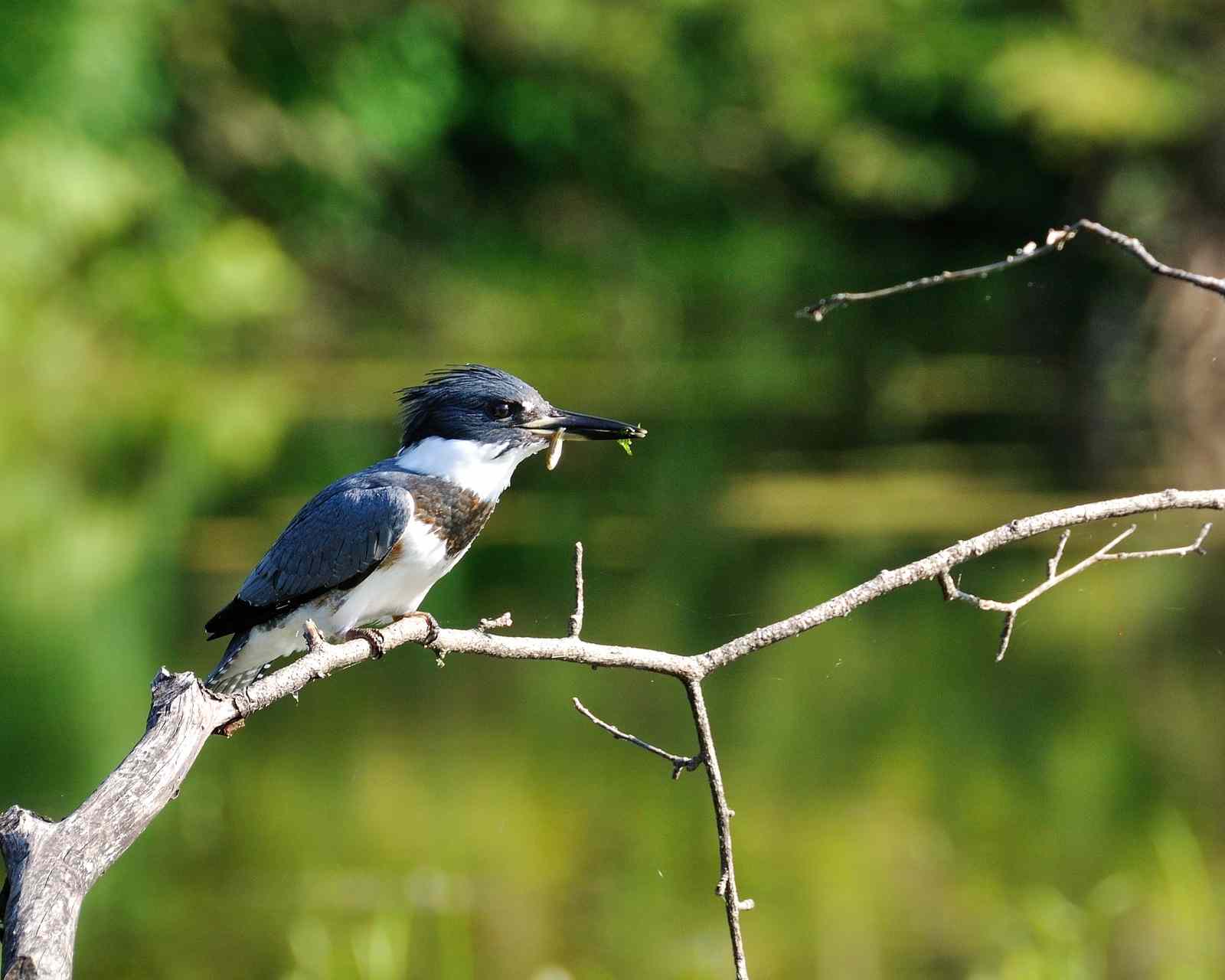
Belted Kingfishers can be found near inland bodies of waters or coasts. They are fond of perching atop tall riverside trees, branches, posts, or any other high vantage point. That way, they have a good view of the water (and tasty treats in the water, like small fish, amphibians, and crustaceans).
In most bird species, males are more colourful than females for competitive and mating purposes. But Belted Kingfishers are one of the rare species in which the female’s colours and markings are brighter.
Next time you’re by the water, look up at the sky, on top of the water, or on tree branches for these fascinating creatures.
Other bird articles on Great Lakes Guide
Nature from home: 24 birds you might see in your backyard
Look no feather: how to birdwatch for beginners
Other 'spot these' articles on Great Lakes Guide
Spot these five fish in the Great Lakes
Spot these five frogs in the Great Lakes
